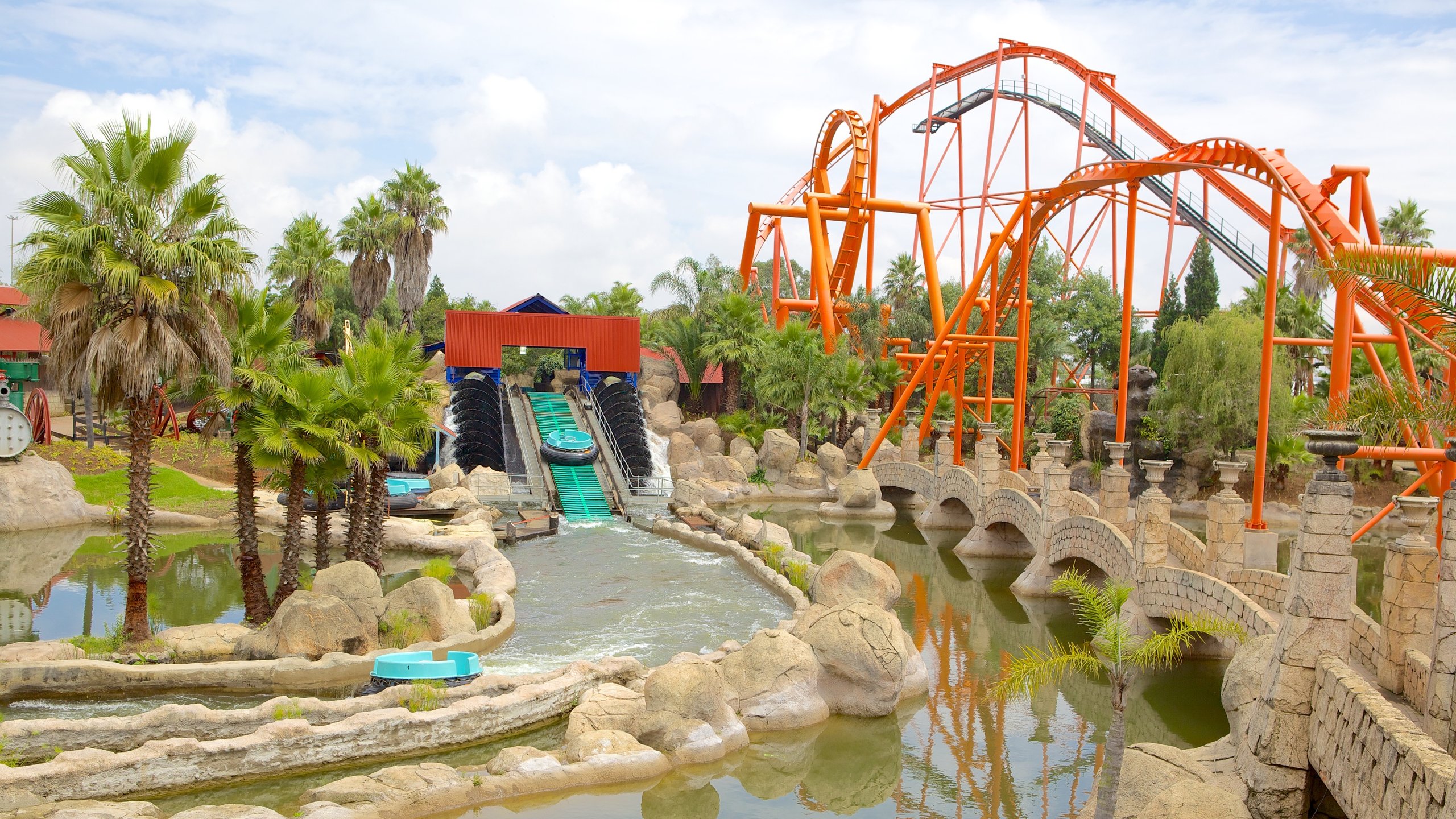Some Known Details About Johannesburg North Attractions
Wiki Article
The 8-Second Trick For Johannesburg North Attractions
Table of ContentsNot known Facts About Johannesburg North AttractionsSome Known Questions About Johannesburg North Attractions.The 25-Second Trick For Johannesburg North Attractions3 Simple Techniques For Johannesburg North AttractionsJohannesburg North Attractions Fundamentals ExplainedLittle Known Facts About Johannesburg North Attractions.
The city grew on the side of the Witwatersrand Key Reef, a below ground stratum of gold-bearing quartz-silica empire that arcs for hundreds of miles under the Highveld - Johannesburg North attractions. Many of the gold mines in the city stopped procedure in the 1970s, yet in its day the Witwatersrand gold market accounted for even more than 40 percent of the globe's annual gold production.Johannesburg has a pleasant climate. The city appreciates about eight hours of sunlight per day in both winter season and summer.
What rain the city obtains drops almost solely in the summertime months, frequently in magnificent late-afternoon electrical storms., where numerous citizens still depend on coal for gas.

The Single Strategy To Use For Johannesburg North Attractions
The balance of the city is inhabited by whites. Accommodation varies in character and quality. Soweto is notorious for its limitless rows of municipally developed, two-room matchbox homes, yet it also has a few flourishing territories in addition to bristling squatter camps, where tens of thousands live without water, electrical power, or sanitation facilities.Physical development, although rather restricted by transport, continued promptly as immigration to South Africa, and Johannesburg in particular, enhanced drastically. This problem was solved in the 1930s when the automobile was introduced in mass manufacturing to South Africa. Automobiles were, essentially, restricted to the rich, and permitted them to move to the north of the city and commute right into the centre.
Most inadequate suburban areas were blended, with poor blacks and whites cohabiting, although the well-off suburbs were normally scheduled for whites. This altered with the election of the National Celebration in the 1948 political elections, who started to formalise the system known as discrimination. Apartheid officially designated which residential areas each race could reside in under the Team Areas Act.
The previous system of eleven numbered regions was reorganised in 2006. Marshalltown, as seen from the top of the Carlton Centre. The M1 and M2 run behind the buildings, and the southerly residential areas expand past the freeway boundary. The internal city of Johannesburg is situated within the city's Area F. The estimated population of the region is 200,000, [] however the variety of individuals residing in the internal city on an informal basis is unknown, as lots of are unlawful immigrants. Many higher-income residents and white individuals have actually moved to the northern suburban areas and have actually been changed by lower-income black people. The joblessness, education and learning, and age profiles of the location are all unknown, because of the problem of acquiring trustworthy information regarding the location.
Some Known Details About Johannesburg North Attractions
Centred on the CBD, the region consists of the residential areas of Yeoville, Bellevue, Troyeville, Jeppestown, and Berea to the east. To the west it spreads out to Pageview (Johannesburg North attractions) and Fordsburg. There are small industrial parks to the south, such as City West-Denver and Benrose. Around 800,000 travelers pass via the inner city each day, and it functions as a local purchasing node for site visitors from the southerly suburban areas. Yeoville and Bellevue have a mix of apartment buildings and single household units on small whole lots. The area lies on a mountainous divide that ranges from east to west. One of the most noticeable geographic feature is Observatory Ridge, which is called for the large observatory situated on it. The entertainment rooms are no more made use of, as a result of safety problems.
Johannesburg North Attractions - An Overview
The eastern residential areas are some of the oldest locations of Johannesburg, there are huge neighborhoods of Jewish and various other European histories, the majority of the population is English talking. There are three golf programs as well as a number of safeguarded ridges with viewsites.The area is mainly made up of old "matchbox" residences, or four-room homes developed by the government, that were developed to provide cheap lodging for black employees during racism. Soweto is an acronym, meaning "South Western Townships". Road after street in this field is lined with matchboxes; nonetheless, there are a few smaller locations where thriving helpful hints Sowetans have developed residences that are extra similar in stature with those in more upscale suburbs.
Hostels are another prominent physical function of Soweto. Originally built to house male migrant employees, many have actually been boosted as houses for pairs and households. The N1 Western Bypass skirts the eastern boundary of Soweto. The suburban area was not historically permitted to create work centres within the location, so mostly all official website of its locals are travelers to various other components of the city.
See This Report about Johannesburg North Attractions
The household areas in the north suburban read areas are mostly official, with no considerable areas of casual real estate, or housing that lacks a long-term structure. This is a well-known location, there is a trend of land use adjustment from domestic to industrial, especially along major arterial roadways and around well-known nodes.The area is well attached to road networks, specifically along the north-south axis developed by the M1 and N1. Roadways to the east and west are less well created, as there are no freeways taking a trip because direction. In the direction of the northern boundary of the city, the density of advancement reduces, leaving large locations of primitive land around Midrand.
Facts About Johannesburg North Attractions Uncovered
, which is situated on a hill forgeting the inner city and Hillbrow.Report this wiki page